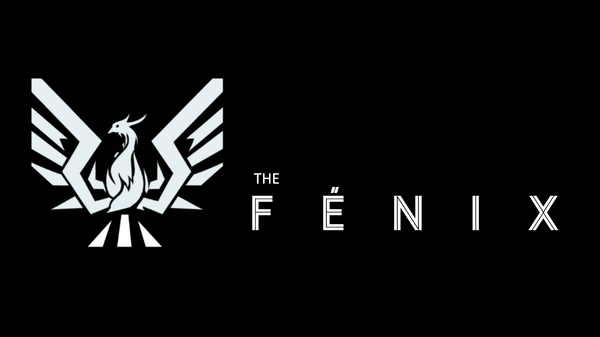In last week's post, End of Drill Shots: Just for Fun?, I shared some ideas on the benefits of adding a slip under move just before the shot at the end of a drill.
It is a small leap to consider the other end of a drill to add a slip under. Indeed this is a good idea. If players operate through a drill somewhat independently after activating into it, then it is just a matter of having the space available to add an extra skill right after activation. Many drills require skaters to pay attention to the timing and flow of other skaters in a drill or to pass or receive a pass right after activation. These are not good fits for adding a skill near the beginning of the drill.
However, many set ups do work and a coach can get more out of a drill for their team with such an approach. The key to making this work seamlessly is to put some thought into how the extra skill will impact that timing of skater actually getting into the drill and adjusting the timing cue of activation accordingly. This timing cue may simply be a coach's whistle. Other times it may be based on another player progressing to a certain spot in the drill. Either way, if you factor in the extra skill and adjust timing, the rest of the drill can work as it would if the extra skill hadn't been added.
On the other hand, there are times when coaches want to go all in on skill work in a practices as we've discussed in another recent post. In those cases, the focus of entire drills may be skill sequences that don't really closely mimic game scenarios, but instead are focused on working within and amplifying the challenge level of the general movements of the game. In the old days, this was done with cones or just the markings on the ice.
These days, it is becoming more common to create skills practices with special purpose devices such as basic bridges, rink dividers, or slip under devices.

We're biased, but we think the FÉNIX is a great example of a slip under device.
So, it may make sense to run drills that are organized around slip unders and related challenges from start to finish. If a small sequence of challenges centered around a device or two is valuable, string a few of these together, and, baby, you got a drill goin!
Image Removed: Tobias Funke failing to appreciate Carl Weathers' resourcefulness (from Arrested Development). Carl taught us in the show that one should hold on to old bones from BBQed ribs as they can be the base for a stew. As he said, "baby, you got a stew goin!".
We have seen this type of drill as well as training built around these drills proliferate. And, some of this is due to kids finding them to be a particularly fun type of skill drill. I suspect that a lot of the reason for this is that people just like obstacle courses and drills comprised of sequences of slip under type challenges is sort of the hockey equivalent of obstacle courses.

The hit success of the American Ninja Warrior show tells you that adults like obstacle courses and like watching people navigate obstacle courses. And for kids, it seems the appeal of obstacle courses is even greater. Is this what is behind the fun factor that kids seem to get out of slip under device centric drills? I suspect its at least part of the explanation!

